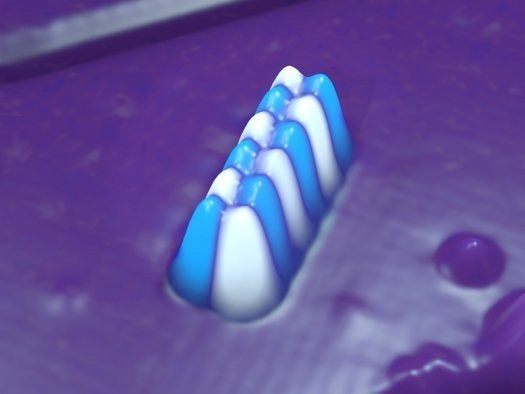
By developing a data storage device composed of just 12 iron atoms, IBM researchers may have signalled the beginning of the end for traditional computer memory. In a paper published January 13 in Science, Andreas Heinrich and his team demonstrated the smallest ever information storage system, an impressive display in an industry where bits normally take up over half a billion atoms.
Achieving this feat with such a small amount of atoms hinges on being able to keep them extremely cold, and room-temperature versions would need around 150 atoms. Still, atomic memory could be "100x denser than today's hard disk drive technology," according to IBM.
The atoms, arranged in a 6x2 pattern, were positioned one at a time with the tip of a powerful scanning tunneling microscope; they use a special kind of magnetism, called antiferromagnetism. PhysOrg explains,
Different from ferromagnetism, which is used in conventional hard drives, the spins of neighboring atoms within antiferromagnetic material are oppositely aligned, rendering the material magnetically neutral on a bulk level. This means that antiferromagnetic atom rows can be spaced much more closely without magnetically interfering with each other. Thus, the scientist managed to pack bits only one nanometer apart.
According to the New York Times, "Dr. Heinrich said that the tiny devices built with scanning tunneling microscopes would never be more than laboratory experiments." But the IBM paper is more than just a practical demonstration, and manages also to raise questions about the coming decades of computing.
The researchers knew that their work would inspire; after creating the bit, they celebrated by putting together an array of them to spell out out IBM's motto, "Think."